From the edge of the lagoon, above Long Phu bridge (the bridge over O Loan lagoon), follow the inner field road up to the sedge fields. The sedge fields (local people call it lac tree when it is still young, has large stems, and must be split to weave mats) lie along both sides of the brackish river flowing down to O Loan lagoon, stretching from Go Giua, Go Bun and Dong Co fields. Through the sedge fields, previously walking on the field edge road, later farmers built more land to widen the land for improved vehicles and ox carts to transport the sedges home after harvest.
 |
| Harvesting sedge. |
Mrs. Tran Thi Thu and her husband were tying sedge to load it onto a motorbike and said: O Loan lagoon used to be wide, now the edge of the lagoon is more than half a kilometer away. The sedge field is three rice fields away from the road. After cutting the sedge, we tie it into large bundles, carry it across the rice fields, then load it onto the motorbike to take home.
Mr. Bui Van Ha, Mrs. Thu's husband, added: "When my grandfather was still alive, he said that this sedge field was over a hundred years old. It's not like rice cultivation, sowing each crop, sedge is planted once, harvested, left at the base, then spread fertilizer and continue to harvest for 5-7 years (crops)". Compared to rice cultivation, sedge cultivation is healthier because it is only planted once, with less care. When the sedge is young, it takes effort to cut the grass on the banks, when it grows high, the banks are blown away, just waiting for the day of harvest. Growing sedge does not "disturb" the soil, does not require spraying pesticides, has little fertilizer, is environmentally friendly, so frogs and toads thrive. The sedge fields run along both sides of the river, and when they bloom, the sedge fields become poetic, like a picture that beautifies the whole field...
The large sedge stalks are split in half and then dried. When drying sedge, one must stay awake for fear of thunderstorms. If the sedge gets soaked in rain, it will turn a dark red.
 |
| Drying dyed sedge on O Loan lagoon. |
Mr. Nguyen Van Lieu, who is a mat weaver, said that the sedge is dried in the sun for two days and then dyed green, red, yellow, or purple. The technique for coloring the sedge is to boil water, add the color, stir well, and then "blanch" the sedge to absorb the color. Just blanch it briefly; if soaked in boiling water for too long, the sedge will become soft and crumbly. After dyeing the sedge, dry it in the sun to keep the color.
Chieu Hamlet, Phu Tan Village (O Loan Commune) is associated with the craft of weaving sedge mats, which has had its ups and downs and has declined over time but has never been extinguished. Traditional sedge mat weaving has two types: plain mats and cotton mats. Plain mats are undyed sedge, while cotton mats are dyed and have patterns.
For the mat weaving profession, artisans accumulate a lot of experience, diligently research, innovate, and apply technical advances to the profession. Phu Tan sedge mats are durable and beautiful, not only famous in the region but also consumed strongly in the markets of Gia Lai , Khanh Hoa, Lam Dong provinces... Mr. Nguyen Hung Dung , Chairman of People's Committee of O Loan commune |
Nowadays, with the advancement of technology, besides some households still maintaining the traditional mat weaving profession, most households doing this profession have purchased machines to build mat weaving workshops.
According to Xom Chieu residents, 1 sao of field yields an average of 1.5 tons of fresh sedge, drying yields 200 kg of dry sedge fibers, which are weighed and purchased by the factory for 13,000 VND/kg.
“My family grows 1 sao of sedge and can dry 30 bundles. The other day, I was short on money so I sold 10 bundles to the factory. The rest I weave during the off-season, earning a profit because this profession was passed down from my grandparents,” said Nguyen Thi Hoa, one of the few households that still maintain the traditional mat weaving profession.
 |
| Hand-woven mats. |
In front of O Loan lagoon, a beautiful and poetic landscape, people dry colorful mats, which are even softer and more beautiful in the eyes of tourists. Mrs. Le Thi Than sits weaving mats and says: Mat weaving is bustling with the sedge season. Every year, farmers harvest sedge in March and July. When the harvest season comes, farmers are in the fields at dawn. Cutting sedge, drying sedge, and dyeing sedge is bustling all around the lagoon. Mat weaving is hard work, working all day at noon and all night, and the income is not high, but everyone is "grateful" to the sedge fields and the traditional profession that has supported many generations.
Source: https://baodaklak.vn/xa-hoi/202508/canh-dong-coi-va-lang-nghe-ben-dam-o-loan-bbd10b5/


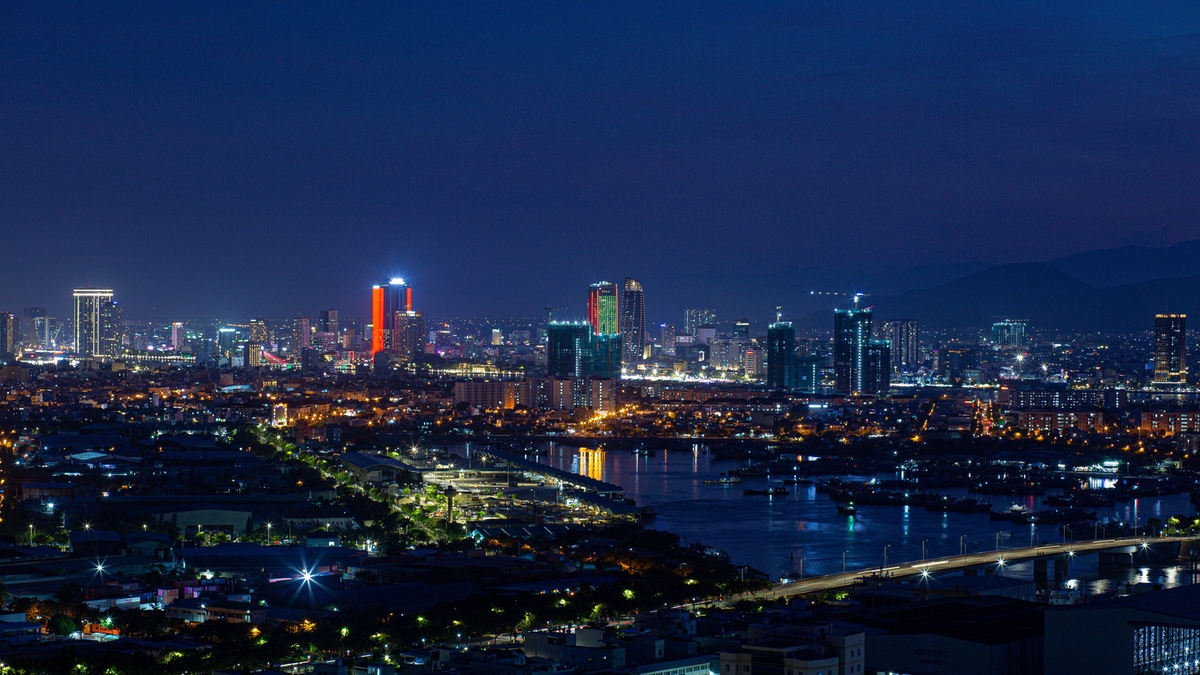

![[Photo] National Assembly Chairman Tran Thanh Man attends the 725th anniversary of the death of National Hero Tran Hung Dao](https://vphoto.vietnam.vn/thumb/1200x675/vietnam/resource/IMAGE/2025/10/12/1760285740475_ndo_br_bnd-8978-jpg.webp)
![[Photo] Delegation attending the Government Party Congress visited President Ho Chi Minh's Mausoleum](https://vphoto.vietnam.vn/thumb/1200x675/vietnam/resource/IMAGE/2025/10/12/1760240068221_dsc-3526-jpg.webp)

![[Photo] The 1st Government Party Congress held a preparatory session.](https://vphoto.vietnam.vn/thumb/1200x675/vietnam/resource/IMAGE/2025/10/12/1760257471531_dsc-4089-jpg.webp)






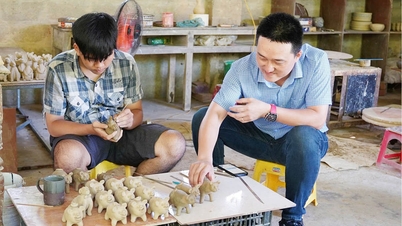

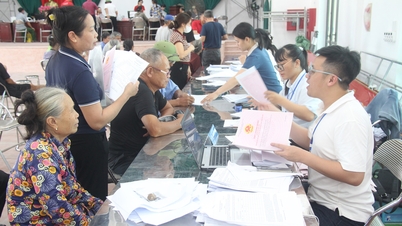



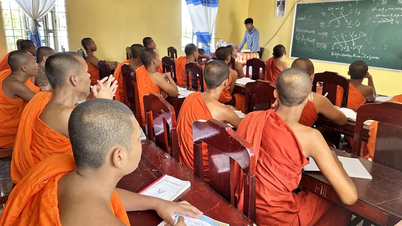

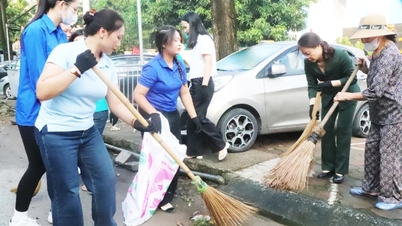

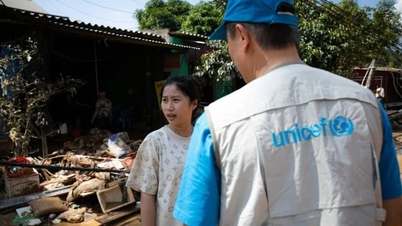

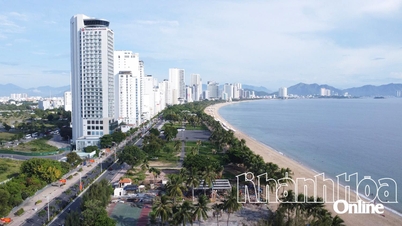

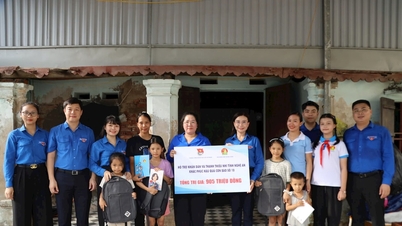

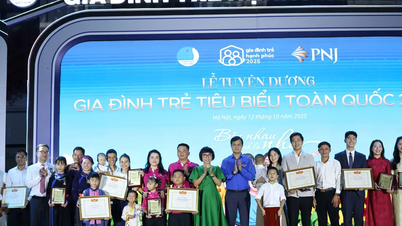





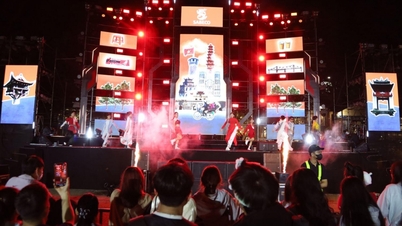
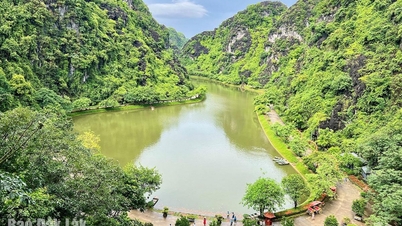

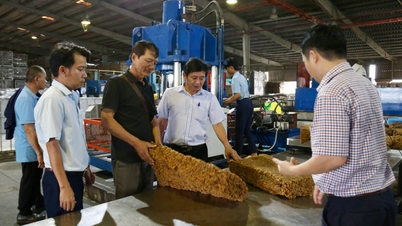
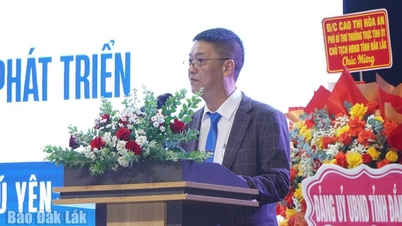




























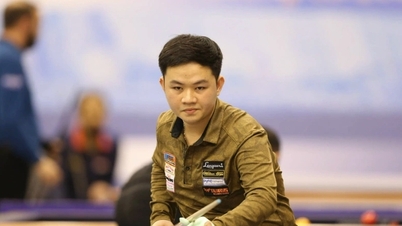




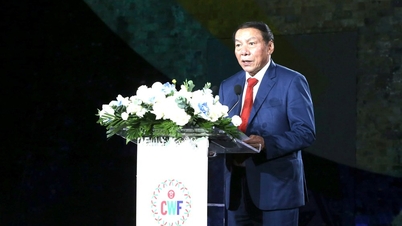

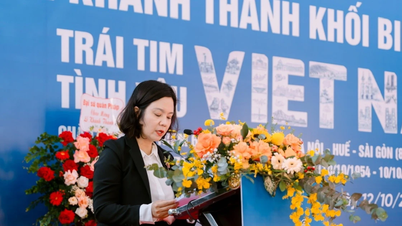
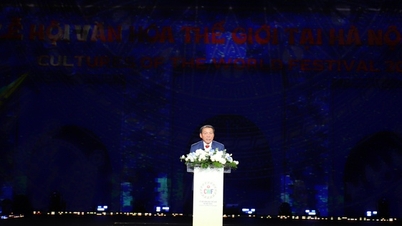



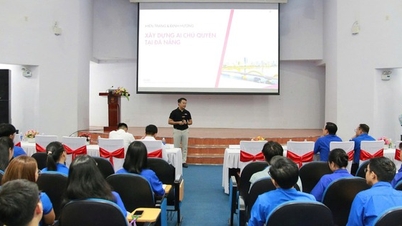




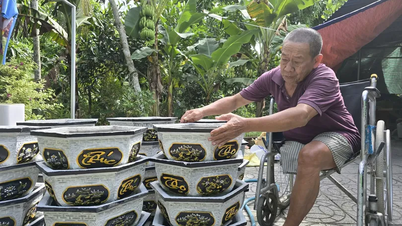

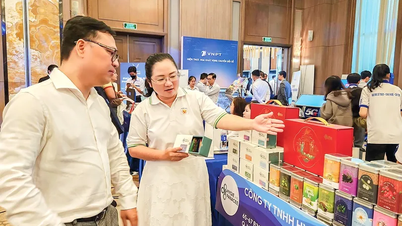
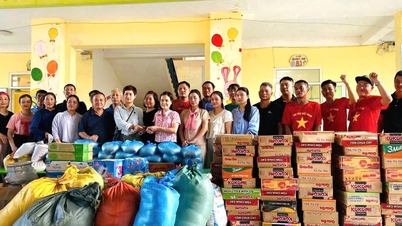












Comment (0)